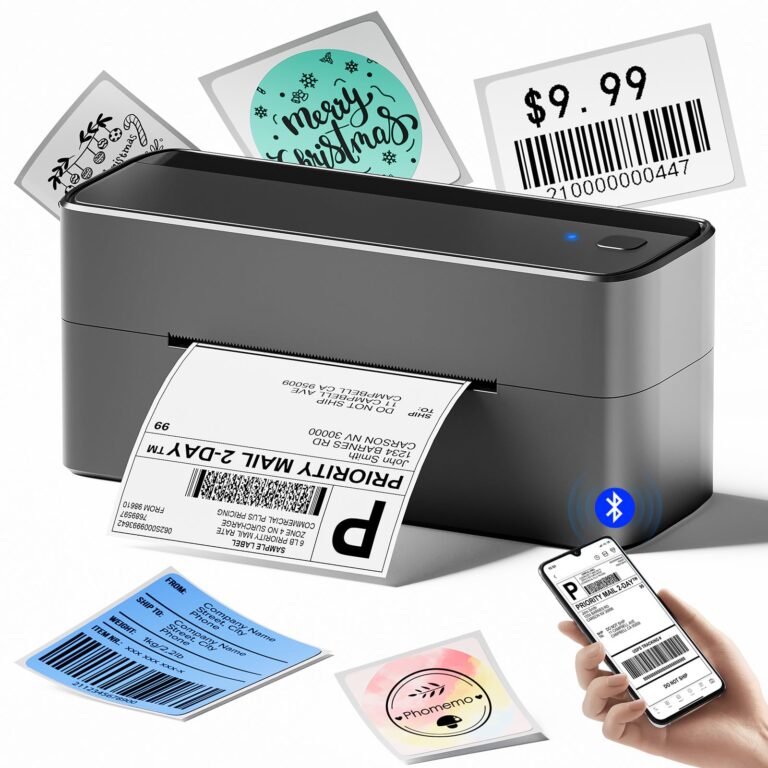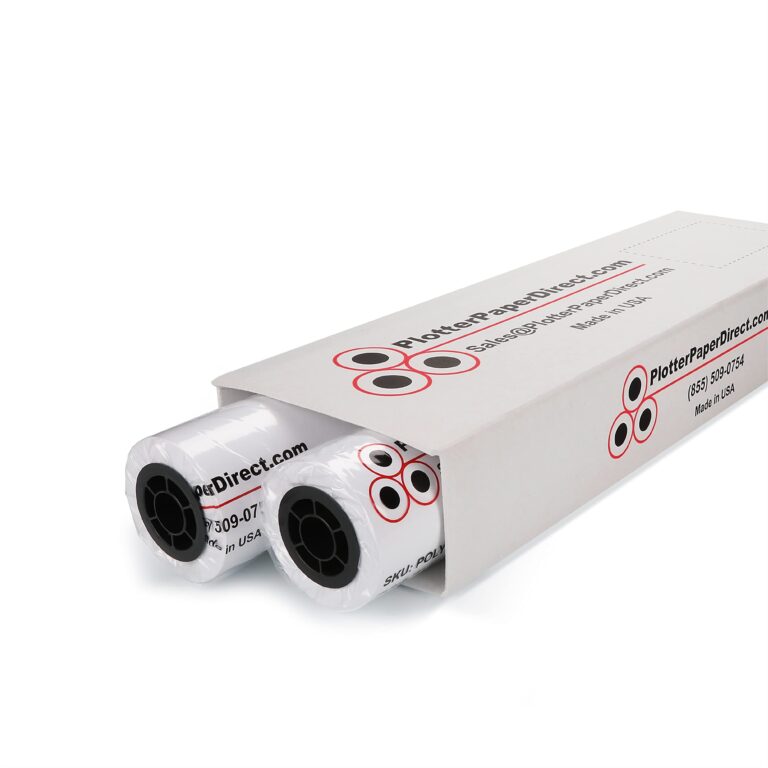Thinking about getting a tattoo behind your ear? It’s a unique spot that’s both discreet and charming, making it a popular choice for those looking to add a bit of ink. But there’s one question that probably pops into your mind: Do behind the ear tattoos hurt?
Pain tolerance varies from person to person, but the area behind the ear is known for its sensitivity. The skin here is thin, and the proximity to the skull means you’ll feel every buzz of the tattoo machine. However, don’t let that deter you. With the right preparation and mindset, you’ll find that the beauty of your new tattoo far outweighs the temporary discomfort.
Factors affecting pain levels
When considering a tattoo behind your ear, it’s crucial to understand the factors that can influence the levels of discomfort you might experience. Pain perception varies widely from one individual to another and several key factors play a significant role in how much a tattoo can hurt.
Skin Sensitivity and Personal Pain Threshold: Everyone’s pain threshold is different. If you generally have a high tolerance for pain, you might find the experience less daunting. However, the skin behind the ear is thin and close to the bone, making it more sensitive than fleshier parts of the body.
Tattoo Size and Complexity: The size and complexity of your tattoo can also impact pain levels. Larger tattoos that require more time will generally be more uncomfortable due to the prolonged exposure to the needle. Intricate designs with a lot of detail may also necessitate more precise and thus potentially more painful needlework.
Artist’s Technique: The technique and equipment used by the tattoo artist can make a significant difference. Some artists have a lighter touch or use techniques that minimize discomfort. Don’t hesitate to discuss pain concerns with your artist ahead of time—they can often offer solutions or adjustments to make the process more comfortable.
State of Mind and Body: Your physical condition and mental state at the time of getting tattooed can affect your pain tolerance. Being well-rested, hydrated, and calm can help you manage discomfort better. Anxiety, on the other hand, can heighten your sensitivity to pain.
Understanding these factors can help you prepare better for your tattoo session. While the idea of pain may seem daunting, remember that preparation and communication with your tattoo artist can significantly mitigate discomfort. By knowing what to expect and how to manage it, you can focus on the excitement of getting a new, meaningful piece of art.
Understanding the pain scale
When considering a tattoo behind the ear, it’s crucial to understand where this specific location sits on the tattoo pain scale. Pain is subjective, and everyone has a different threshold. However, the area behind the ear is often considered to be on the higher end due to its proximity to several nerve endings and the thinness of the skin.
| Body Part | Pain Level |
|---|---|
| Behind the Ear | High |
| Arm | Moderate |
| Leg | Low to Moderate |
| Ribcage | High |
Skin sensitivity in the region behind the ear is significantly higher than in more fleshy areas. This sensitivity, paired with the minimal cushioning between the skin and the underlying bone, can make for a more intense tattoo experience.
What’s more, the sensation of the tattoo needle working so close to the skull can cause a reverberating feeling, not just at the site of the tattoo but potentially around the ear and side of the face. This unique sensation is not typically encountered with tattoos placed on more muscular or fatty areas.
That said, don’t let the anticipation of pain deter you. Many individuals find the experience to be less daunting than they anticipated. Additionally, the behind-the-ear tattoo sessions tend to be shorter in duration due to the small canvas area, which means any discomfort experienced is over relatively quickly.
Preparing mentally and physically can also play a pivotal role in how you perceive pain. Staying hydrated, getting a good night’s sleep before your appointment, and having a light meal can enhance your body’s ability to manage pain. Moreover, engaging in a calm and focused state of mind, perhaps through deep breathing or meditation, can greatly affect your tattoo session’s comfort level.
Understanding the pain scale is a necessary step in preparing for a behind-the-ear tattoo. By knowing what to expect, you can better manage any apprehensions and ensure that you’re as comfortable as possible during the tattoo process.
Tattoo placement behind the ear
When you’re considering a tattoo behind the ear, understanding the intricacies of placement can significantly affect your experience. This area, while small, poses unique challenges and opportunities for both the artist and the recipient. The skin behind the ear is thin, with less muscle and fat to cushion the needle’s impact, making precision and experience key factors in minimizing discomfort.
The space behind the ear also limits the size and complexity of the tattoo design. Simple, smaller designs not only fit better but also require less time under the needle, which can help in reducing pain. Moreover, the area’s curvature demands an artist’s skill in adapting the design to your unique anatomy for the best appearance.
Besides the physical attributes, the sound of the tattoo machine so close to the ear might heighten your discomfort or anxiety. Many have reported that this unusual sensation is more distracting than painful. It’s crucial to wear comfortable clothing that provides easy access to the area and does not restrict your movement or the artist’s access.
To get the best results:
- Choose an experienced tattoo artist familiar with working in sensitive areas.
- Opt for simple, minimalist designs that complement the area’s size and shape.
- Prepare mentally by understanding the specifics of the placement and the sensations you might experience.
By paying attention to these details, you can ensure your behind-the-ear tattoo not only looks fantastic but also fits comfortably within the confines of this unique spot. Remember, everyone’s pain threshold varies, but understanding the specifics of tattoo placement behind the ear can help you manage expectations and navigate the process more smoothly.
Numbing options to reduce pain
When considering a tattoo behind the ear, it’s natural to worry about the pain involved. Thankfully, several numbing options are available to help reduce discomfort during your tattoo session.
Topical Anesthetics
Topical anesthetics, such as creams, gels, or sprays, can significantly lessen the pain of getting a tattoo. These products often contain lidocaine, benzocaine, or tetracaine — effective ingredients known for their numbing properties. Apply the anesthetic about 30 to 60 minutes before your tattoo session for optimal results. However, it’s crucial to discuss with your tattoo artist before using any numbing product, as some may affect ink absorption or the healing process.
Ice Packs
Using ice packs is a more natural approach to numbing the skin. Applying ice directly to the area behind the ear shortly before the tattooing begins can numb the skin temporarily. This method is helpful for small tattoos and can be easily implemented without affecting the tattoo’s quality. Remember, the numbing effect of ice is short-lived, so timing is crucial.
Over-the-counter Pain Relievers
Over-the-counter pain relievers like acetaminophen (Tylenol) or ibuprofen (Advil) can also help manage tattoo pain. These medications should be taken a few hours before the session. Avoid aspirin, as it can thin your blood and lead to increased bleeding during the tattooing process.
Choosing the right numbing method depends on your pain tolerance, the size and complexity of your tattoo, and your artist’s recommendations. Exploring these options can make the experience of getting a tattoo behind the ear more comfortable and less daunting. Remember to always consult with your tattoo artist and a healthcare provider when considering pain management strategies for your tattoo session.
Buzzy device: A game-changer for tattoo pain
When considering getting a tattoo behind the ear, it’s normal to worry about the level of discomfort you might endure. The good news is that advancements in pain management have brought forward a revolutionary tool: the Buzzy device. This compact gadget has been gaining popularity for its ability to significantly reduce pain during various medical procedures, including tattoos.
The Buzzy device works on the principle of gate control theory. By combining cold and vibration, the device temporarily distracts and confuses nerve pathways, making it harder for pain signals to reach the brain. It’s particularly effective in sensitive areas like behind the ear, where the skin is thin and close to bony structures.
Here’s a quick glance at how to use the Buzzy device:
- Place the device: Prior to starting the tattoo session, position the Buzzy near the area to be tattooed.
- Activate: Turn on the vibration and, if applicable, the cold feature.
- Begin tattooing: Your tattoo artist can then proceed, while the device continues to operate.
One of the key benefits of using the Buzzy device is its non-invasive nature. Unlike topical anesthetics, which involve applying a cream or gel, the Buzzy doesn’t require any skin preparation or post-use care. This makes it a hassle-free option for both the artist and you.
Furthermore, the Buzzy device is backed by research. Studies have shown that its use can lead to a significant reduction in pain perception, making it an ideal choice for those apprehensive about the pain of getting a tattoo, especially in a tender area like behind the ear.
It’s important to discuss the option of using a Buzzy device with your tattoo artist ahead of time. Some artists are already familiar with its benefits and may even have the device available in their studio. If not, you’ll need to purchase or rent one for your session. Remember, the goal is to make your tattoo experience as comfortable as possible, and tools like the Buzzy device are here to help achieve just that.
Conclusion
Getting a tattoo behind the ear doesn’t have to be a daunting experience. By understanding the factors that influence pain and preparing accordingly you’re already on the right track. Remember the Buzzy device is a game-changer in managing discomfort during your tattoo session. Its innovative approach combining cold and vibration offers a significant reduction in pain making it an excellent option for sensitive areas. Don’t hesitate to discuss the possibility of using it with your tattoo artist. With the right preparation and tools like the Buzzy device you can look forward to a more comfortable tattooing experience.
Frequently Asked Questions
What factors can influence the pain of getting a tattoo behind the ear?
The pain experienced during a tattoo behind the ear can vary based on skin sensitivity, personal pain threshold, tattoo size and complexity, the technique of the artist, and the individual’s physical and mental state. Understanding and preparing for these factors can help mitigate discomfort.
How does the Buzzy device reduce tattoo pain?
The Buzzy device reduces pain by combining cold and vibration to distract and confuse nerve pathways. This makes it more difficult for pain signals to reach the brain, effectively reducing discomfort, especially in sensitive areas like behind the ear.
Is the Buzzy device invasive?
No, the Buzzy device is not invasive. It is a non-invasive tool that uses external cold and vibration to alleviate pain, making it a safe option for reducing discomfort during tattoos and other medical procedures.
How should the Buzzy device be used for tattoos behind the ear?
To use the Buzzy device for tattoos behind the ear, place it near the tattoo site just before and during the tattooing process. Its vibrations and cooling effect help reduce pain. For best practices and specific instructions, consult with your tattoo artist.
Can I discuss the use of the Buzzy device with my tattoo artist?
Yes, it is encouraged to discuss the option of using the Buzzy device with your tattoo artist. Some tattoo studios may already be familiar with the device and its benefits, and they can guide you on how to incorporate it into your tattoo session for a more comfortable experience.
Is the Buzzy device effective for everyone?
While the Buzzy device has been shown to significantly reduce pain in various medical procedures, including tattoos, its effectiveness can vary from person to person. Factors like individual pain tolerance and specific sensitivities may influence its efficacy. However, it is supported by research and has been effective for many individuals, particularly in sensitive areas.







